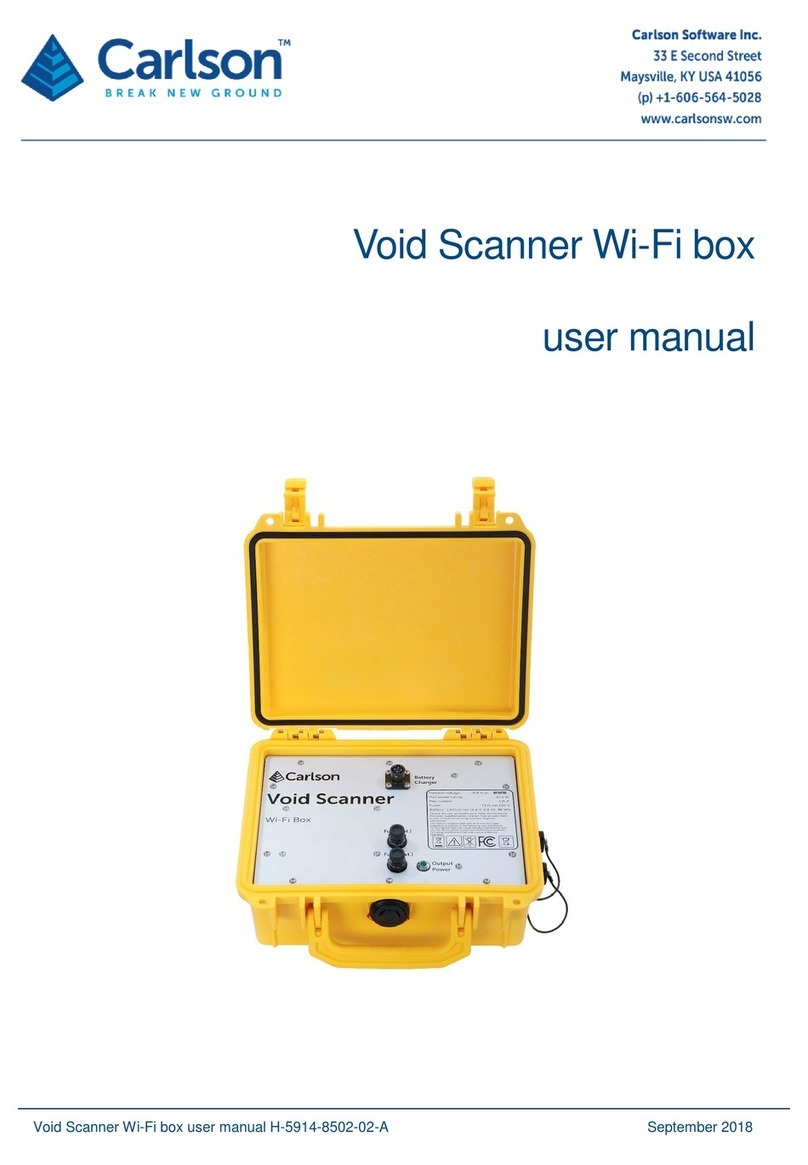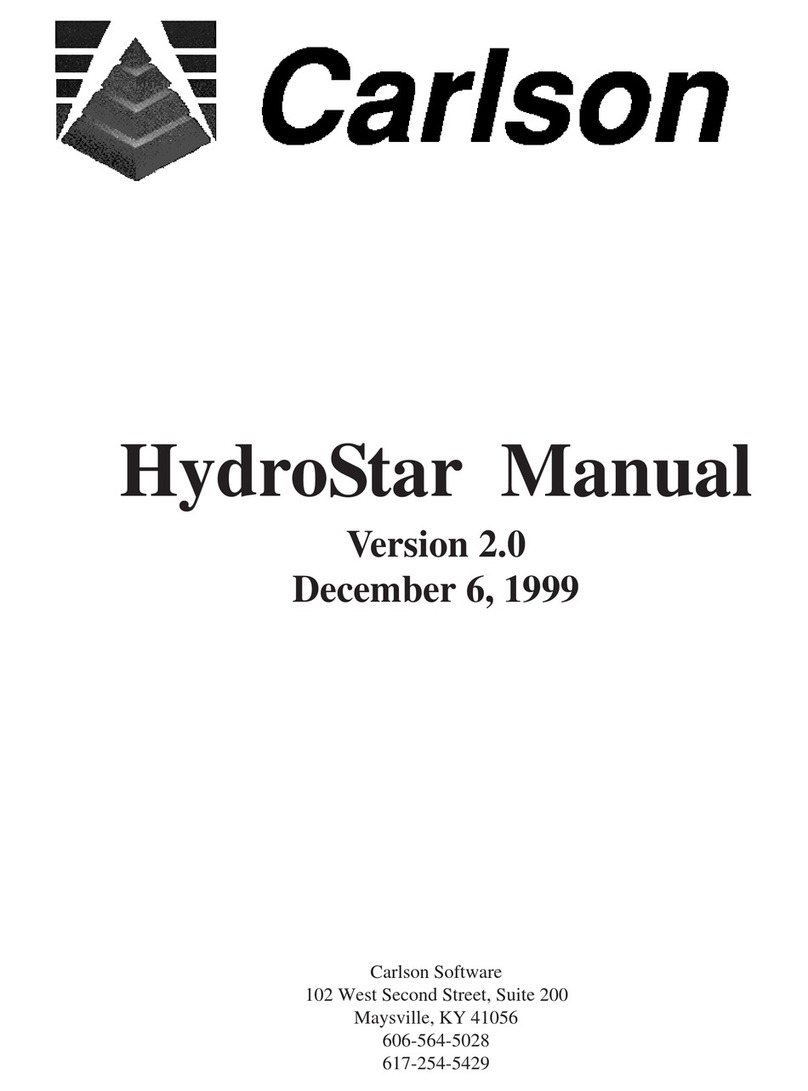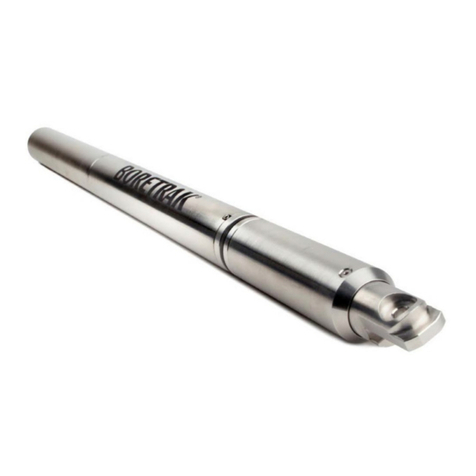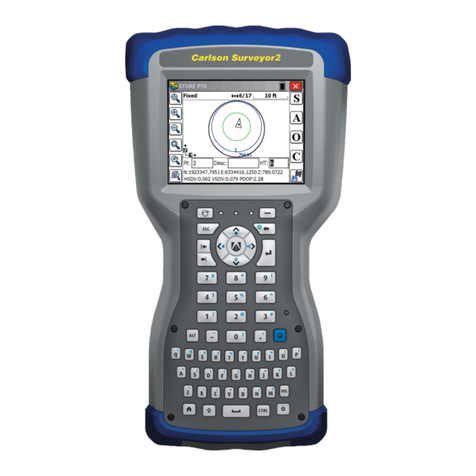
Page | 3
Contents
1Customer information.............................................................................................................................................................................5
1.1 Dear customer .............................................................................................................................................................................5
1.2 User manual ................................................................................................................................................................................5
1.3 General safety .............................................................................................................................................................................5
2Introduction ............................................................................................................................................................................................7
2.1 System overview..........................................................................................................................................................................7
2.2 Applications .................................................................................................................................................................................7
3Equipment description ...........................................................................................................................................................................8
3.1 Merlin LT......................................................................................................................................................................................8
3.2 Cables .......................................................................................................................................................................................11
3.3 Transit case ...............................................................................................................................................................................13
3.4 USB drive ..................................................................................................................................................................................14
3.5 Merlin diagnostic tool software ...................................................................................................................................................14
3.6 Optional accessories..................................................................................................................................................................15
4Installation ...........................................................................................................................................................................................16
4.1 Choosing a mounting location for the Merlin LT .........................................................................................................................16
4.2 Choosing an appropriate orientation ..........................................................................................................................................19
4.3 Lever arm offset measurement ..................................................................................................................................................20
4.4 Lever arm offset measurement when using the mounting plate..................................................................................................23
4.5 Cable runs .................................................................................................................................................................................29
5Electrical installation ............................................................................................................................................................................30
5.1 Merlin LT Power cable ...............................................................................................................................................................31
6Merlin LT time-tagging .........................................................................................................................................................................32
7Operation of Merlin LT .........................................................................................................................................................................35
7.1 Network set-up...........................................................................................................................................................................35
7.2 Pinging the Merlin LT laser.........................................................................................................................................................36
7.3 Changing the Merlin LT network settings ...................................................................................................................................38
7.4 Setting up Merlin diagnostic tool software to receive external timing ..........................................................................................44
7.5 Checking the laser operation......................................................................................................................................................45
7.6 Checking the timing source........................................................................................................................................................46
































